According to Palo Alto Networks’ Unit 42 2025 Global Incident Response Report, 86% of the 500 most serious cybersecurity incidents that occurred in 2024 caused significant disruption, reputational damage, or financial loss to the organization. Notably, 70% of these involved three or more attack surfaces, including endpoints, networks, and cloud environments.
In Vietnam, more than 659,000 cybersecurity incidents were recorded in 2024 alone, with nearly half of organizations having been victims of at least one cyberattack. In particular, 14.6% of organizations faced ransomware attacks, demonstrating the increasing sophistication of cyber threats. As Vietnamese businesses increasingly deploy multi-cloud strategies, the need to protect complex attack surfaces is more urgent than ever.
At the Ignite on Tour Vietnam 2025 event in Hanoi , a representative of Palo Alto Networks emphasized the increasingly important role of AI in enhancing cybersecurity capabilities in Vietnam.
Malware generation speed is measured in minutes
At the event, Mr. Simon Green, President of Asia- Pacific and Japan of Palo Alto Networks, commented: "AI is reshaping the competitive landscape of businesses in the region, opening up technological breakthroughs at an unprecedented speed. However, this technology is also changing the cybersecurity landscape, creating conditions for cyber attacks to take place faster, more sophisticated and with clearer targets."
According to Mr. Simon Green, Vietnam is one of 21 Asia- Pacific countries facing problems such as dark web, malware attacks, and a lack of cybersecurity experts. "Vietnam is lacking about 700,000 cybersecurity experts. Globally, the shortage is much more terrible. It may take us decades to have the human resources and technology to meet cybersecurity needs, while the level and scale of impact of attacks are becoming more and more serious," Mr. Simon Green emphasized.
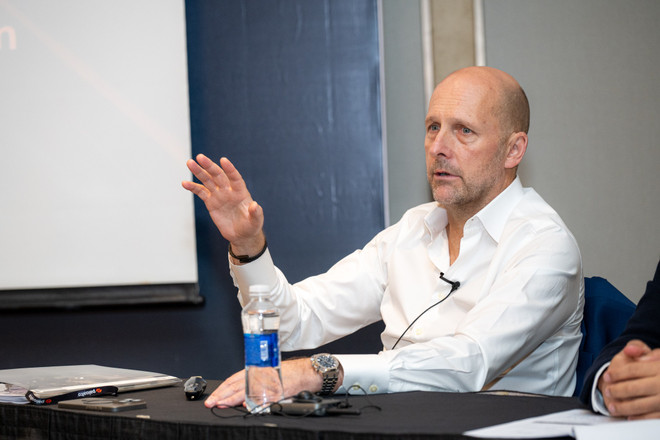
Palo Alto Networks representative also said that at the time of the COVID-19 outbreak, it took 12 hours to create ransomware. Today, it only takes 15 minutes, anyone with basic programming knowledge can do it. On the dark web, there is a service called FraudGPT - providing hacking instructions for $ 200 / month.
Agencies and organizations find it difficult to respond to information leaks and silent attacks by hackers. After investigation, many companies discovered that malware had been lurking in their systems for 3 years. The rate at which these incidents occur is increasing and becoming more frequent.
According to the forecast of Palo Alto Networks representative, in the next 3 years, the investment in AI infrastructure could reach hundreds of billions of USD globally, doubling the past 3 years. The rapid increase in AI deployment brings both opportunities and challenges to businesses and companies.
But according to Simon Green, 75-80% of companies that apply AI can deploy cybersecurity services faster, in just a few minutes instead of a few days. "When we deploy AI properly, we are no longer purely ensuring mechanical cybersecurity, but in real time, at the speed of the attacks that will be carried out."
Defense capabilities need to be real-time
The world has witnessed an alarming change in cyber-attack behavior. While in the past, hackers planned carefully to launch “surprise” attacks, now attacks have become continuous, small-scale but intense, with thousands of variations launched every hour, every minute.
This poses a new requirement: cybersecurity defense must also take place in real time, similar to a digital immune system – detecting and reacting as soon as a threat appears, rather than waiting for consequences to occur.
Many businesses and organizations are still stuck in the old “mechanical” security model: periodic testing, post-incident log analysis, batched software updates, and response based on known malware signatures. This model is like installing a lock on the door after a burglar has entered the house.
In a world where AI can create malware in 15 minutes, protection based on blacklists or static rules is no longer effective. We cannot counter hyper-speed attacks with slow management and a “better safe than sorry” mindset.
Vietnamese businesses, especially in the banking, digital infrastructure, logistics and e-government sectors, are becoming increasingly visible targets of international cyberattacks. Switching to a real-time defense model is no longer an option, but a mandatory requirement if we want to protect our data, reputation and digital existence.
According to Mr. Simon Green, organizations need to change their approach to security. "Business organizations need to change the model of cyber security. Hackers who used to break into systems could lie dormant for months or years, but now the speed of accessing data is faster, they can get in and the data network goes immediately. By the time we discover it, the hacker has already taken the data, so now the defense capabilities of organizations must be in real time. Every month there are billions of new cyber security threats, if defense is mechanical, there will be no way to prevent it."
Mr. Simon Green also emphasized that to respond effectively, organizations need to shift to intelligent, AI-powered platforms that can predict and neutralize cyber security risks in real time. This is a vital move in the context of an increasingly complex and unpredictable threat environment."
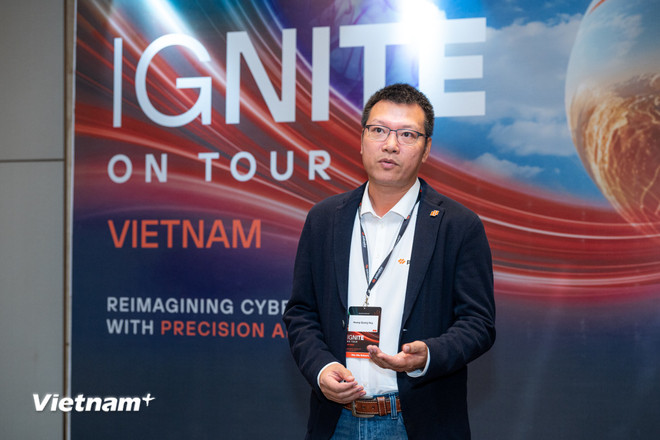
Mr. Hoang Quang Huy, Director of Palo Alto Networks Vietnam, shared: "The strong digital transformation process in Vietnam, especially in areas such as fintech, e-commerce and manufacturing, is opening up many attractive development opportunities, but at the same time, it also expands the attack surface for cyber threats. Many organizations in Vietnam are still in the early stages of their digital journey and need a solid, intelligent cybersecurity platform to protect their systems. At Palo Alto Networks, we are committed to accompanying the digital economy.
Vietnam with AI-based cybersecurity solutions that are proactive and highly adaptive. Precision AI ™ technology is a testament to that commitment, providing automated, predictive security capabilities that help improve the effectiveness of threat detection, prevention and response, contributing to building a safer digital future"./.
Source: https://www.vietnamplus.vn/hacker-chi-mat-15-phut-co-the-tao-ra-mot-ma-doc-nho-su-tro-giup-cua-ai-post1040208.vnp



![[Photo] General Secretary To Lam attends the National Conference to disseminate and implement 4 Resolutions of the Politburo](https://vphoto.vietnam.vn/thumb/1200x675/vietnam/resource/IMAGE/2025/9/16/70c6a8ceb60a4f72a0cacf436c1a6b54)
![[Photo] National conference to disseminate and implement 4 Resolutions of the Politburo](https://vphoto.vietnam.vn/thumb/1200x675/vietnam/resource/IMAGE/2025/9/16/5996b8d8466e41558c7abaa7a749f0e6)


![[Photo] General Secretary To Lam receives Assistant to the President of Russia, Chairman of the Federal Maritime Council of Russia Nicolai Patrushev](https://vphoto.vietnam.vn/thumb/1200x675/vietnam/resource/IMAGE/2025/9/16/813bd944b92d4b14b04b6f9e2ef4109b)
![[Photo] Prime Minister Pham Minh Chinh receives Minister of Foreign Affairs and Cooperation of Timor-Leste](https://vphoto.vietnam.vn/thumb/1200x675/vietnam/resource/IMAGE/2025/9/16/b0e99fd9a05846e4b6948c785d51d51f)






















































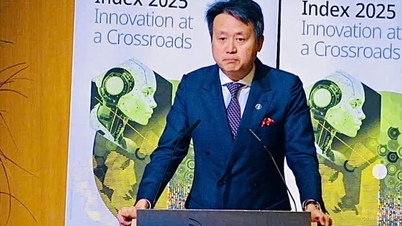




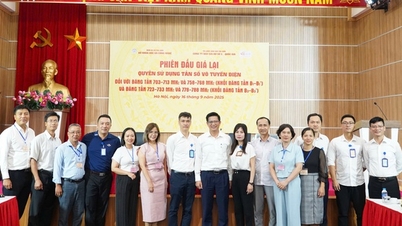


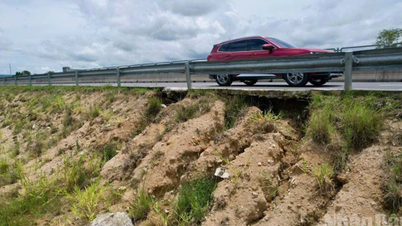







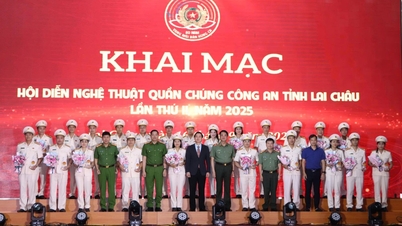
















Comment (0)